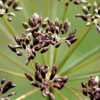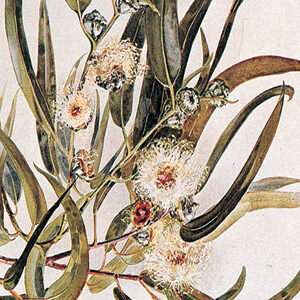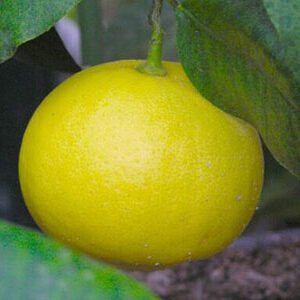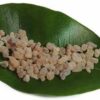Salvia Sclarea
6,00€ – 44,00€
Soothing and relaxing, often described as euphoric. It is said to encourage pleasant dreams. A helpful oil for many ‘female’ conditions. Ideal for mature skin and greasy hair as it can help reduce the production of excessive sebum, especially on the scalp. An excellent preparation for use as a nerve tonic.
Botanical Name: Salvia sclarea
Plant Part: Leaves and Flowers
Extraction Method: Steam
Description: Clary Sage is a short biennial or perennial herb that grows up to 1 meter in height (approximately 3 feet). It has large, hairy leaves with small bluish – purple flowers.
History: The name Clary Sage is derived from the Latin word for clear – probably because the herb was once used for clearing mucous from the eyes. During the sixteenth century it was also used in England for brewing beer as a replacement for hops.
Color: Light Golden Yellow
Consistency: Thin to Medium
Note: Middle
Aroma Strength: Medium to Strong
Aromatic Scent: Clary Sage essential oil has an earthy, fruity and floral aroma that is both nutty and herbaceous.
Qualities: Soothing and relaxing, often described as euphoric. It is said to encourage pleasant dreams. A helpful oil for many ‘female’ conditions. Ideal for mature skin and greasy hair as it can help reduce the production of excessive sebum, especially on the scalp. An excellent preparation for use as a nerve tonic. Useful to treat symptoms associated with the menopause such as night sweating.
Uses: Long used as a flavouring in wines: some of the most famous brands of old Rhine wine possess a characteristic clarysage-like top note. Cultivated during Middle Ages for its medicinal properties. It is used extensively in perfumes, for its delightfully rich, rather unique top note, which helps in the fixation of aroma blends.
Blends well with: Clary Sage essential oil blends well with generally any essential oil, though it works particularly well with Bergamot, Cedarwood, Roman Chamomile, Geranium, Jasmine, Lavender, Neroli, Orange, Rosewood, Sandalwood and Ylang Ylang.
Cautions: Clary Sage is non-toxic, and non-sensitizing. It is not to be used during pregnancy.
| Weight | 100 g |
|---|---|
| Quantity |
Related products
7,00€ – 45,00€










